When winter storms roll across the Midwest, they don’t just dust the fields with snow—they bury towns in ice and lock entire states in a deep freeze. These storms have turned highways into parking lots, cut off power to millions, and tested the endurance of families huddled against subzero temperatures. From blizzards that shut down Chicago to ice storms that snapped power lines across Ohio, the Midwest has seen winters so severe they made national headlines. Each storm leaves behind more than snowdrifts; it leaves stories of resilience, hardship, and survival. These are the tempests that froze the heartland solid and etched their mark into history.
When Mother Nature Turned the Midwest into a Frozen Wasteland
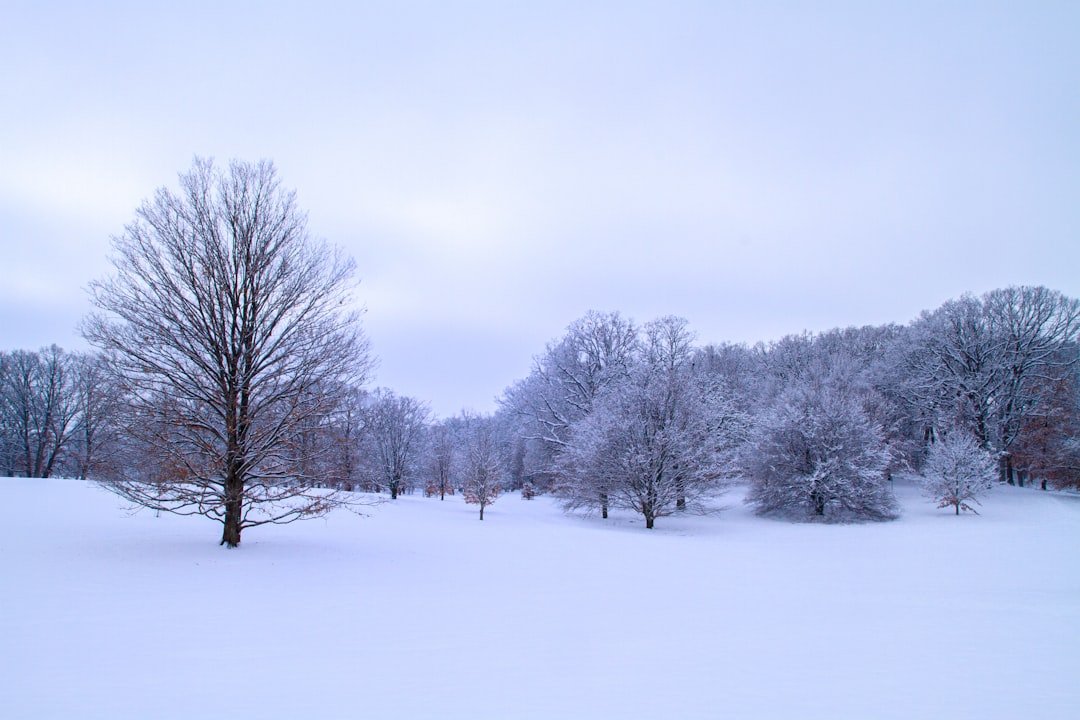
Picture this: You wake up one morning and it’s so cold that your car won’t start, the pipes in your house are frozen solid, and stepping outside feels like getting punched in the face by an arctic blast. That’s exactly what millions of Americans across the Midwest experienced during the brutal winter storms of 2024-2025, which turned ordinary communities into frozen landscapes that resembled something out of an apocalyptic movie.
These weren’t your typical winter weather events that people in the Midwest have grown accustomed to over generations. According to reports, it was among the coldest Januaries in much of the continent, especially the U.S., in recent years, bringing temperatures as much as 20–35 °F (11.1–19.4 °C) below average to a majority of the country. The storms didn’t just bring snow – they brought ice, bone-chilling temperatures, and a level of misery that tested the resilience of entire communities. From small farming towns to major metropolitan areas, the winter of 2024-2025 redefined what it meant to survive extreme weather in America’s heartland.
The Perfect Storm: How January’s Blizzard Changed Everything

Beginning on January 3, the system first made landfall along the northern West Coast of the United States before tracking southeastward, bringing severe winter conditions to multiple regions all the way to the Mid-Atlantic states and prompting numerous state emergency declarations. This wasn’t just another winter storm – it was a meteorological monster that stretched across an incredible distance. Winter storm advisories issued by the National Weather Service (NWS) throughout January 3 extended approximately 1,500 mi (2,400 km) from western Kansas to West Virginia, marking one of the most extensive winter weather warning areas in the 2024–25 North American winter season up to the beginning of 2025.
What made this particular storm so devastating was its combination of heavy snow, freezing rain, and brutal wind speeds. The storm reached peak severity on January 5, when blizzard conditions – defined by wind gusts over 35 mph (56 km/h), blowing snow, and visibility under a quarter-mile – were reported across the High Plains. The tight pressure gradient around the strengthening cyclone, along with a robust low-level jet, drove wind gusts exceeding 50 mph (80 km/h), especially across Kansas and Nebraska. Imagine trying to navigate through that – it’s like being trapped in a snow globe that’s being violently shaken by an angry giant.
Record-Breaking Cold That Made Headlines
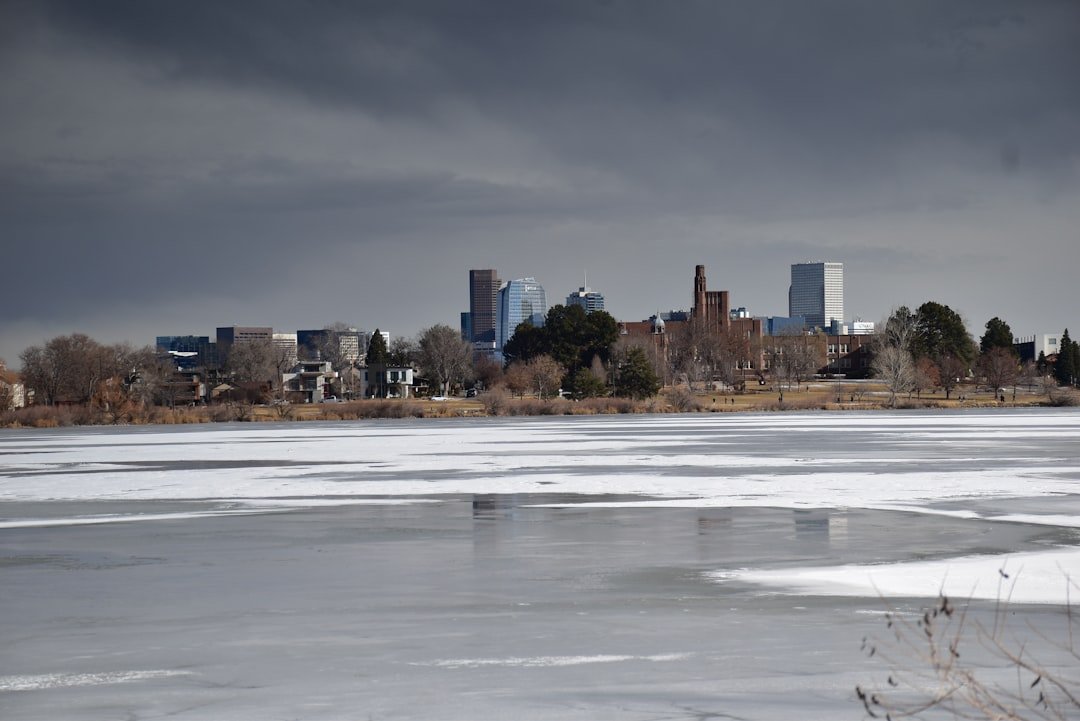
When weather experts start throwing around phrases like “record-breaking” and “unprecedented,” you know things are serious. The NWS is warning that its forecasters have “High confidence of widespread, record-breaking cold” with the coldest conditions lasting through Friday. Temperatures are running at least 40 degrees Fahrenheit below average for this time of year in the Plains and Upper Midwest on Wednesday. Just think about that for a moment – forty degrees below normal isn’t just cold, it’s the kind of cold that makes you question why humans ever decided to live in certain parts of the country.
The city of Wichita, Kansas reportedly experienced extremely cold temperatures on January 21, reaching −9 °F (−22.8 °C). On January 22, Kansas City set a new daily record low of −8 °F (−22.2 °C), and Pueblo, Colorado set a new daily low of −19 °F (−28.3 °C). These weren’t just numbers on a thermometer – they represented life-threatening conditions that forced entire communities to change how they lived, worked, and survived during one of the most challenging winters in recent memory.
The Polar Vortex: When the Arctic Comes Visiting
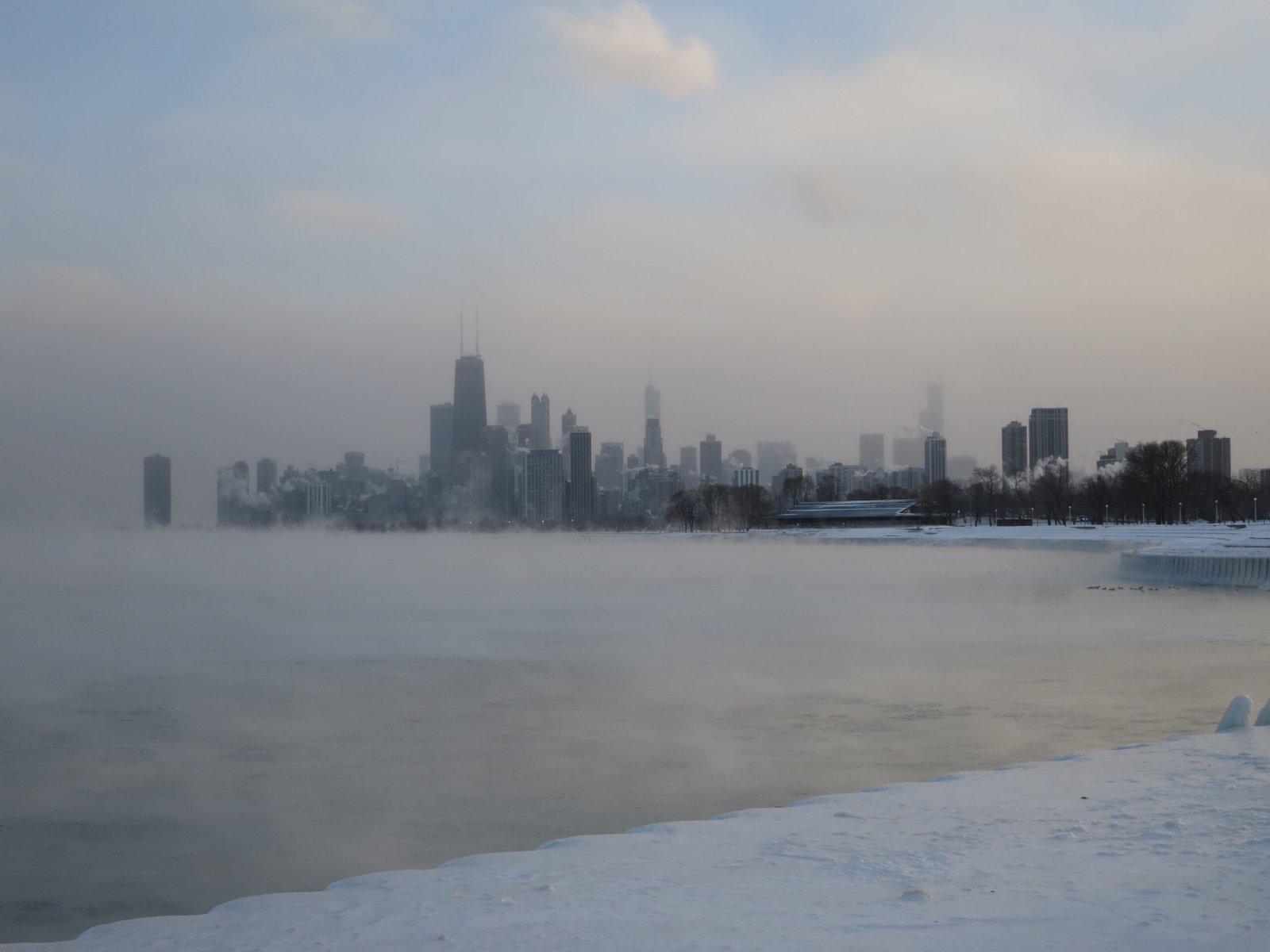
Originating from the southward migration of the polar vortex after an arctic front passed through the continent in early January, the pattern persisted for much of the month, bringing a wide swath of wintry weather across the Lower 48 of the U.S., allowing snow and ice to accumulate in regions that do not see it much at all in the Deep South. The polar vortex isn’t some sci-fi concept – it’s a very real meteorological phenomenon that essentially acts like nature’s freezer door being left wide open.
The polar vortex lives in the upper atmosphere and is located near the North Pole in the arctic. When the polar vortex is strong, it locks the cold air in the arctic. When the polar vortex gets weaker, or breaks up, it unleashes cold air to the south. Think of it as a cosmic refrigerator that occasionally decides to dump all its contents onto unsuspecting Americans. In the Midwest, the wind chill could make it feel like -45 degrees in International Falls, Minnesota, on Tuesday morning. In Chicago, the Windy City, it will feel like -21 degrees. Those aren’t temperatures – they’re threats to human survival.
Snow Buried Cities Under Feet of White

Chicago is expected to receive between 4 and 6 inches of snow on Lake Michigan and over a foot in some northwestern suburbs. Milwaukee, Wisconsin is estimated to see between 5 and 12 inches of snow. When you’re talking about a foot of snow in major metropolitan areas, you’re talking about cities essentially shutting down. Traffic becomes impossible, schools close, and emergency services struggle to respond to calls. It’s like someone decided to bury entire cities under a thick white blanket.
The system developed from an Alberta clipper that moved through the Upper Midwest which dropped 3–6 in (7.6–15.2 cm) to a majority of the region, before weakening and merging with a developing coastal low before spreading accumulating snow across the Northeast corridor. Chicago O’Hare International Airport issued a ground stop in response to the winter weather on December 20, and the airport recorded 2.1 in (5.3 cm), with up to 5 in (13 cm) in parts of the state and up to 9 in (23 cm) fell in Wisconsin. When one of the busiest airports in the world has to stop all flights because of snow, you know the weather isn’t messing around.
Ice Storms That Turned Trees Into Crystal Weapons

While snow gets most of the attention, ice storms are often the most dangerous and destructive winter weather events. Significant ice accumulations, from 0.25 in (0.64 cm) to 0.75 in (1.9 cm), were observed in southern Illinois, southern Missouri, and northern Kentucky, resulting in widespread power disruptions and hazardous travel conditions. When you have three-quarters of an inch of ice coating everything, trees become ticking time bombs, power lines become impossible to maintain, and simply walking outside becomes a death-defying act.
A rare and powerful ice storm impacted parts of the Great Lakes, the Northeast, and southern Canada, which was the worst ice storm to hit northern Michigan in over 100 years, where the worst impacts were observed. Nearly 1 million customers were without power in both the U.S. and Canada, with hundreds of trees falling and snapping. Imagine your entire community losing power because Mother Nature decided to coat everything in a thick layer of ice. Trees that had stood for decades suddenly became giant icicles that crashed down without warning, taking power lines and sometimes entire roofs with them.
Power Grids Collapsed Under Winter’s Fury
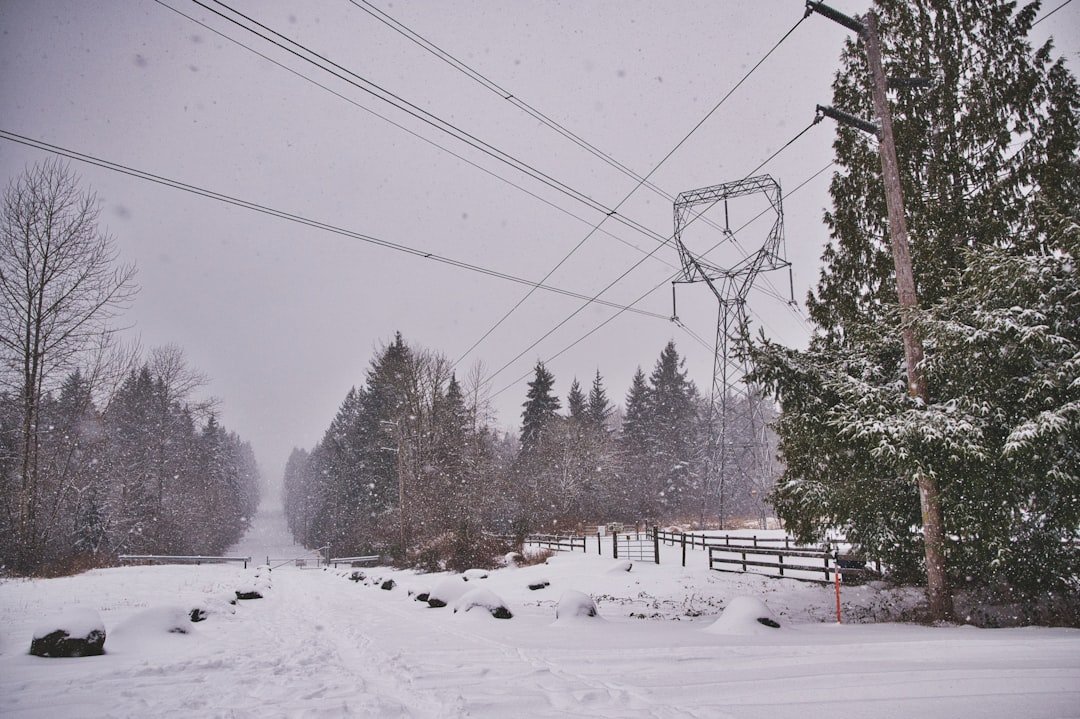
Nearly 200,000 Michigan residents lost power – over 66,000 of them GLE members, some multiple times. Six transmission substations supplying GLE were taken offline by ice damage and took over four days to restore. When you lose power during a brutal winter storm, it’s not just an inconvenience – it’s a life-threatening emergency. People had to huddle together for warmth, burn furniture to stay alive, and make impossible decisions about whether to risk carbon monoxide poisoning from improper heating methods or risk freezing to death.
About 700 miles of roads were initially impassable, prompting National Guard deployment to assist in clearing routes for restoration crews. Governor Whitmer declared a 13-county disaster area, including Alcona, Alpena, Antrim, Charlevoix, Cheboygan, Crawford, Emmet, Kalkaska, Mackinac, Montmorency, Oscoda, Otsego, and Presque Isle counties. When the National Guard has to be called in just to clear roads so power crews can do their jobs, you’re dealing with a natural disaster of epic proportions. Families were trapped in their homes, elderly residents faced hypothermia, and entire communities became isolated from the outside world.
Transportation Systems Froze to a Halt
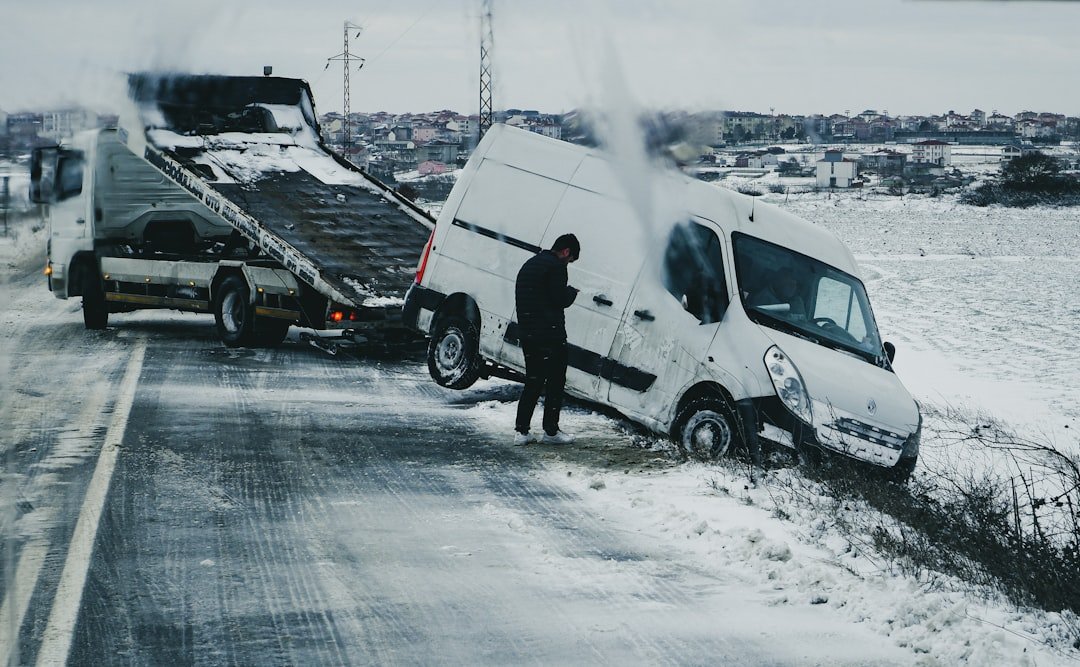
As of 5:05 p.m. ET on Sunday, airlines had canceled at least 1,510 flights within, into or out of the U.S., according to flight tracker FlightAware. About 836 flights have been cancelled for Monday as the storm moves toward the Northeast. Air travel became virtually impossible, stranding thousands of passengers in airports across the country. But it wasn’t just the airlines struggling – ground transportation faced even more severe challenges.
A number of cities from the Ohio Valley to the mid-Atlantic were confronting hazardous travel on Sunday as the ice and snow moved east, causing numerous spinouts on roadways and freeways. Roads in Nebraska and Kansas became icy throughout Saturday, and snow was forecast to fall on top of that Sunday. Highways that normally carry thousands of vehicles daily became skating rinks where even the most experienced drivers found themselves helpless against the laws of physics. Emergency responders struggled to reach accidents, and many people simply abandoned their vehicles on the side of the road.
Human Cost of Nature’s Frozen Rampage

Behind all the meteorological data and infrastructure damage were real people facing life-threatening conditions. An 80-year old man was confirmed to have died on January 19 in Milwaukee, Wisconsin after falling outside and likely succumbing to hypothermia. This tragedy represents just one of many cases where extreme cold claimed lives, reminding everyone that winter storms aren’t just weather events – they’re serious threats to human survival.
Due to the freezing temperatures, U.S. president-elect Donald Trump announced on January 17 that his second inauguration ceremony would be moved indoors as a result, and would take place in the Capitol rotunda. This was the first time this occurred since the public second inauguration of Ronald Reagan on January 21, 1985. When presidential inaugurations have to be moved indoors because of cold weather, you know you’re dealing with temperatures that pose genuine risks to public safety. Imagine standing outside for hours in conditions so brutal that even the most carefully planned government ceremonies can’t proceed as normal.
Economic Devastation Hidden Under the Ice

These expenses are currently estimated at $155 million. By comparison, in a typical year,GLE’s storm restoration costs total around $3.5-4 million. The financial impact of these winter storms stretched far beyond what most people could imagine. For just one utility company, the costs were more than forty times higher than normal – and that’s just the beginning of understanding the true economic devastation.
Any portion of the more than $155 million in restoration and recovery costs not covered through federal and state disaster relief funding will need to be recovered through significant and sustained rate increases beginning this year and continuing for many years to come. These rate increases would not only cover the immediate costs of storm restoration, recovery, and debris cleanup, but also the long-term financial impacts from interest on emergency loans and depreciation of damaged infrastructure. The storms didn’t just freeze pipes and knock out power – they created financial burdens that would affect families and businesses for years to come. Every person in affected communities would eventually pay for these storms through higher utility bills, increased insurance premiums, and reduced economic opportunities.
The Aftermath: Rebuilding From the Frozen Ruins
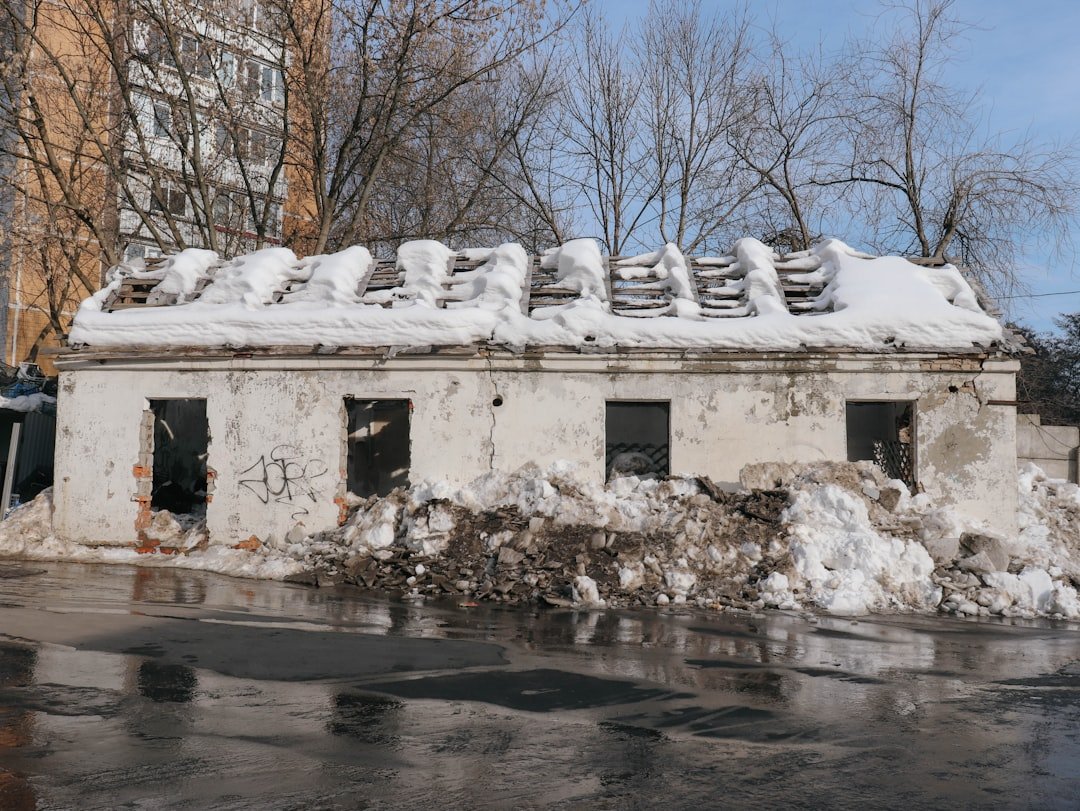
This isn’t just a restoration – it’s a rebuild. Crews are replacing hundreds of poles, transformers, and miles of wire. The work is complex and time-intensive, and our teams are giving it everything they’ve got. GLE has placed nearly 400 new poles and 30 transformers in the past day. Recovery from these winter storms wasn’t just about clearing snow and fixing a few power lines. Entire sections of the electrical grid had to be completely rebuilt from the ground up.
In total, over 4,300 miles of electric and fiber infrastructure were damaged – farther than the distance from Boyne City, MI to Milan, Italy – including more than 3,100 broken pole When you’re talking about rebuilding infrastructure equivalent to the distance between Michigan and Italy, you’re dealing with damage that most people simply cannot comprehend. As of Thursday afternoon, over 1,000 utility customers are still in the dark in northern Michigan, according to poweroutage.us. While utility companies are working to restore power, the state is developing a debris cleanup plan, and state-managed trails are closed “indefinitely.” Months after the storms, people were still living without basic services, and entire recreational areas remained closed because the damage was so extensive.
Conclusion
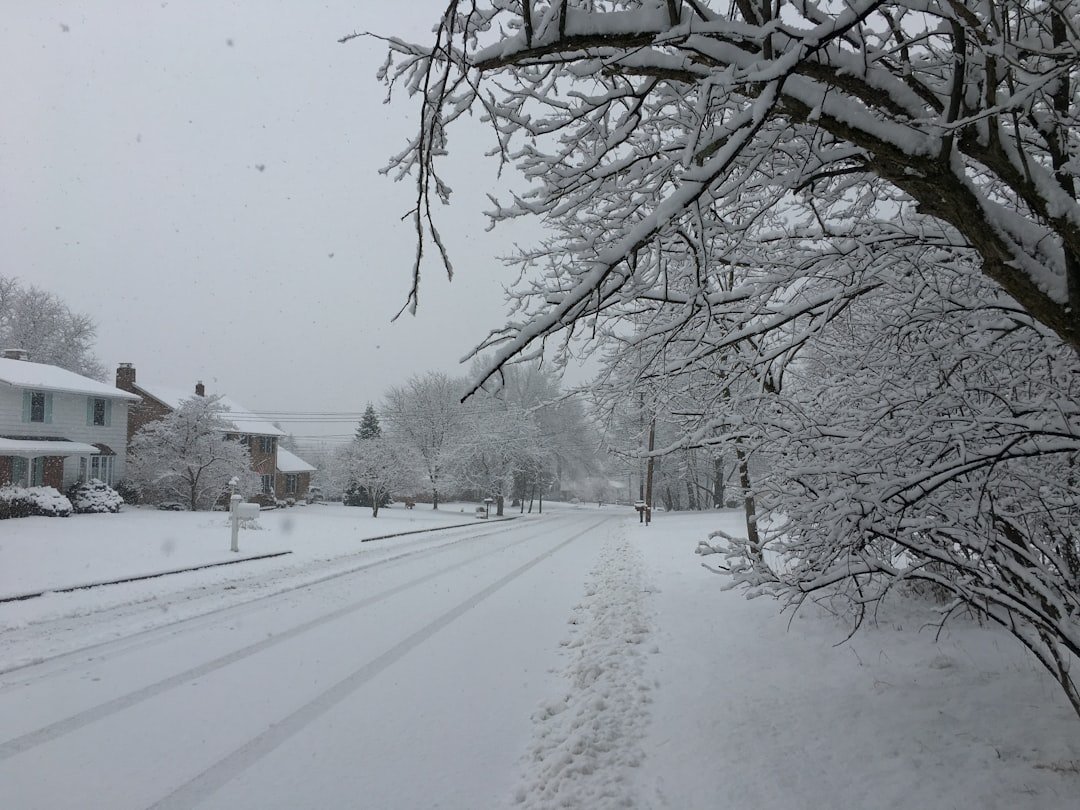
The winter storms of 2024-2025 didn’t just bring cold weather to the Midwest – they delivered a devastating reminder of nature’s incredible power to disrupt modern life. From record-breaking temperatures that threatened human survival to infrastructure damage measured in hundreds of millions of dollars, these storms tested every aspect of how communities prepare for and respond to extreme weather events. The polar vortex didn’t just visit – it moved in and made itself at home for weeks, turning everyday activities into survival challenges.
What makes these storms particularly significant isn’t just their intensity, but their duration and widespread impact. Communities that thought they were prepared discovered that no amount of planning could fully account for the combination of ice, snow, wind, and unprecedented cold that defined this winter season. As climate patterns continue to evolve, the lessons learned from these frozen months will likely influence how the Midwest prepares for future winter challenges.
Looking back at the winter that froze the Midwest solid, one thing becomes clear: when Mother Nature decides to flex her muscles, even the most resilient communities can find themselves humbled by forces beyond human control. Did you expect a single winter season could reshape how an entire region thinks about weather preparedness?

Hi, I’m Andrew, and I come from India. Experienced content specialist with a passion for writing. My forte includes health and wellness, Travel, Animals, and Nature. A nature nomad, I am obsessed with mountains and love high-altitude trekking. I have been on several Himalayan treks in India including the Everest Base Camp in Nepal, a profound experience.



